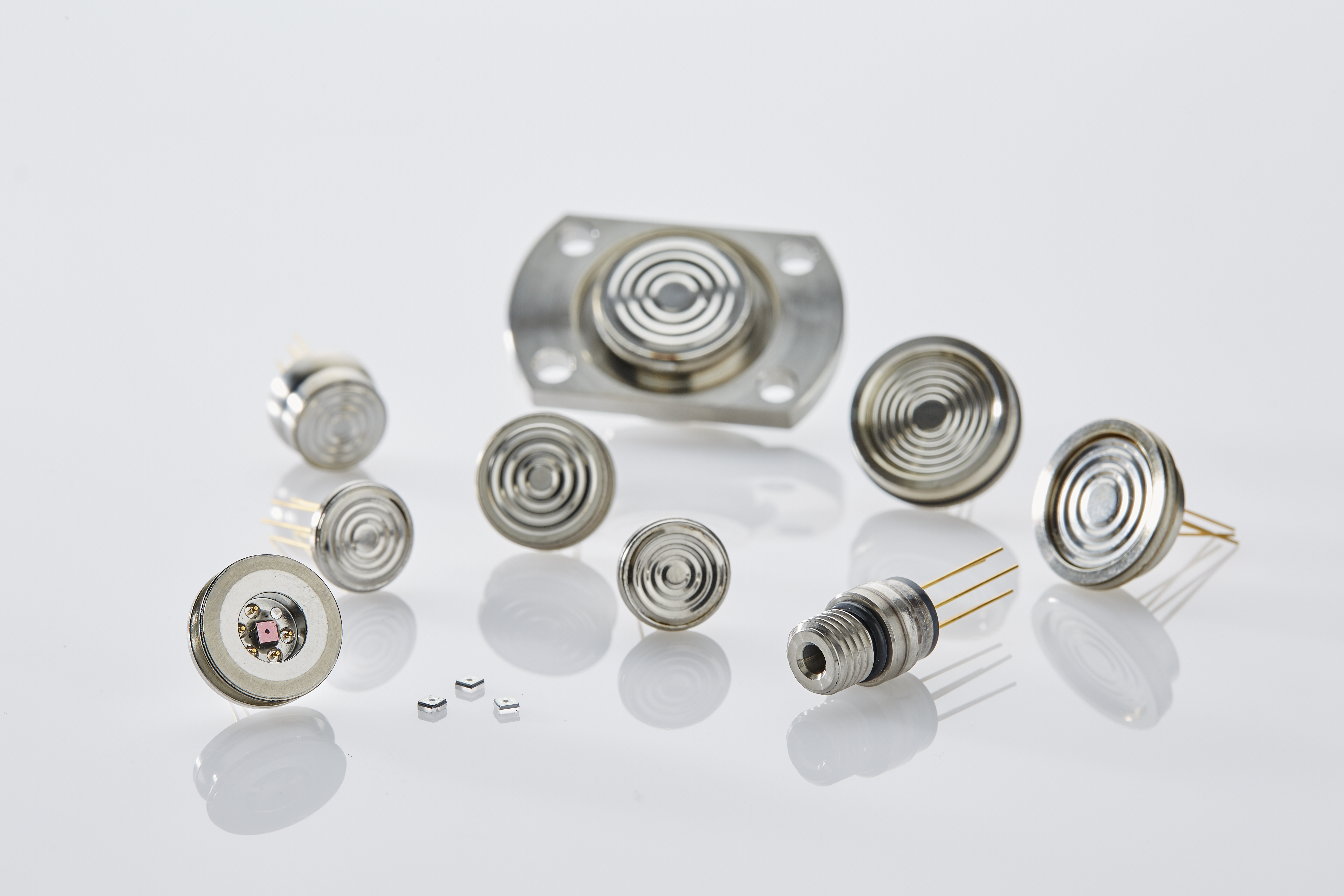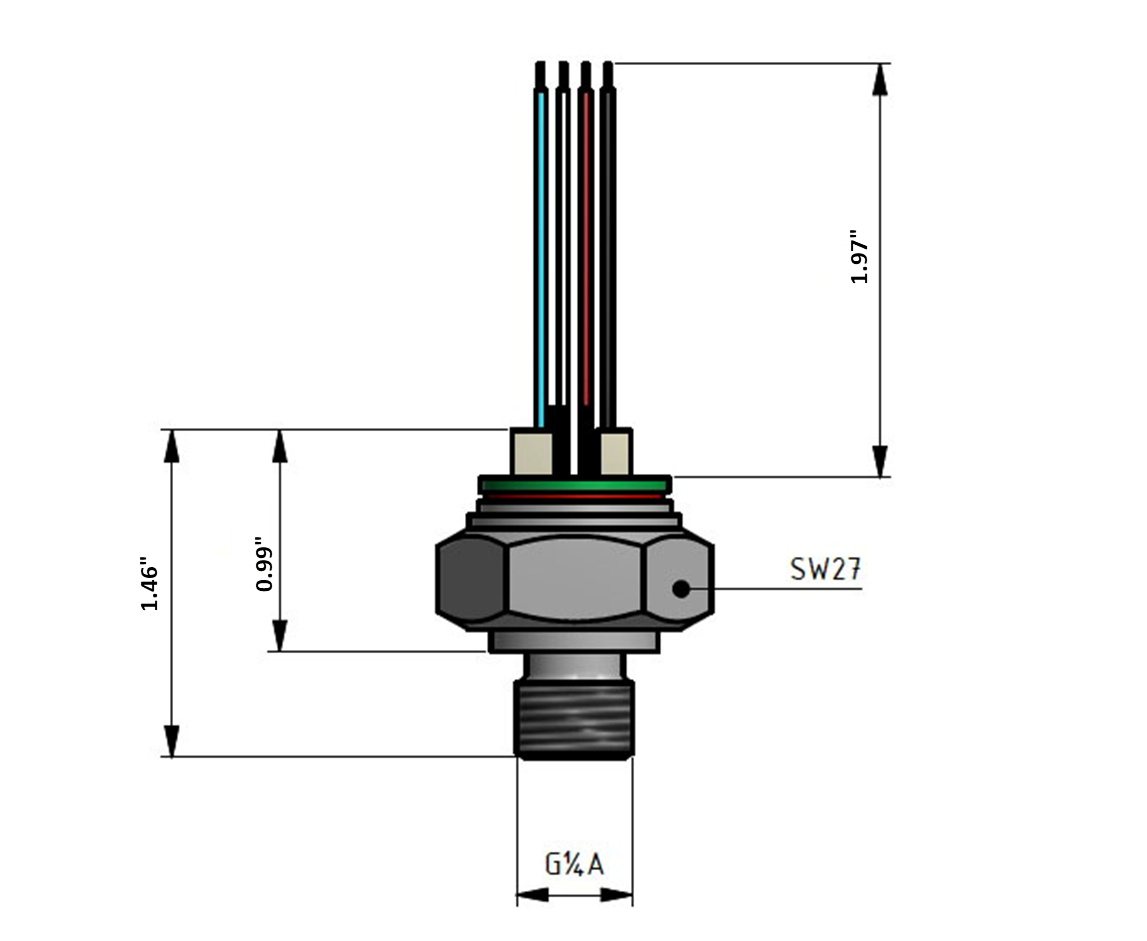Integration of Piezoresistive Measuring Cells into Existing Applications

By STS/PMC June 30, 2020
The core element of every pressure transmitter is the pressure measurement cell. With piezoresistive pressure transmitters, this equates essentially to the Wheatstone bridge measuring arrangement. The primary pressure measurement takes place here by way of deformations to the strain gauges. This piezoresistive measuring cell can also be integrated into existing applications such as pressure switches or pressure regulators, should this be necessary. Various possibilities exist to this end.
The most common reason for the need to integrate a sensor cell instead of a pressure transmitter into an existing application is a lack of space. In hydraulic valves, for example, there are only a few cubic centimeters of space. The integration of an entire pressure transducer is therefore not usually possible. Because of insufficient space, some users opt to employ an external sensor, which is then flange-mounted to the existing application. This approach, however, is cumbersome and not as optimal as the integration of separate measuring cells into the application.
In the selection of suitable measuring cells for individual applications, the same questions apply by and large as with the selection of an entire pressure transmitter. What needs to be established, among other things, are the pressure range to be measured, the temperature conditions and also the relevant media compatibility. In the employment of piezoresistive measuring cells into existing applications, three further selection criteria can be added: These are the mechanical and electrical considerations for integrating the sensor cells.
The mechanical selection criterion relates to actually building the measuring cells into the relevant application. Depending upon requirements, these possibilities remain open:
- screw in
- weld on
- plug in
- wedge in
On the electrical side, it must be determined which electronics are used in the application to provide the electrical signal transmission. In some circumstances, it may be that the electronics existing in the application are not equipped for the integration of pressure measurement cells. In this case, an electrical signal conversion would have to be separately integrated.
We now arrive at a real life example: An STS customer wanted to retrofit an existing precision high-pressure control valve for test bench applications with the option of pressure measurement. Since an entire pressure transmitter could not be integrated into the valve, a single pressure measurement cell had to be opted for. The demands here were that it had to display pressures up to 9000 psi and it should be designed for a signal output from 0 to 100 mV/V at a supply of 10 V.
The solution selected was a measuring cell with stainless steel pressure port and miniature compensation technology. This could be screwed into the valve body below the already existing cover in a space-saving manner and also shielded from external influences. The assembly height after mounting on the valve body came to under 1.18 inches (including bending radius of cord strands). Apart from its minimal dimensions, there was one additional feature: The zero position and range were individually adaptable by the user with a potentiometer.

Measuring cell with stainless steel pressure port for implementation on a high-pressure control valve.
